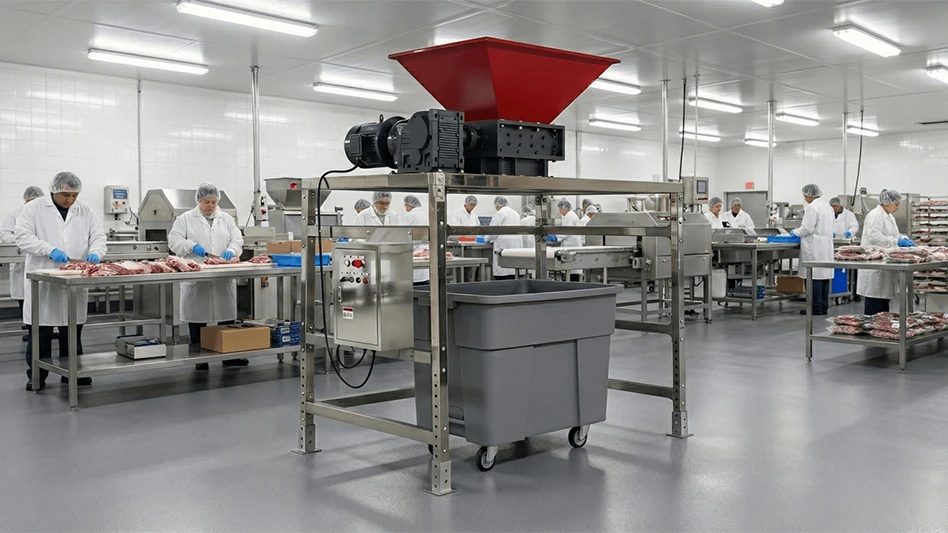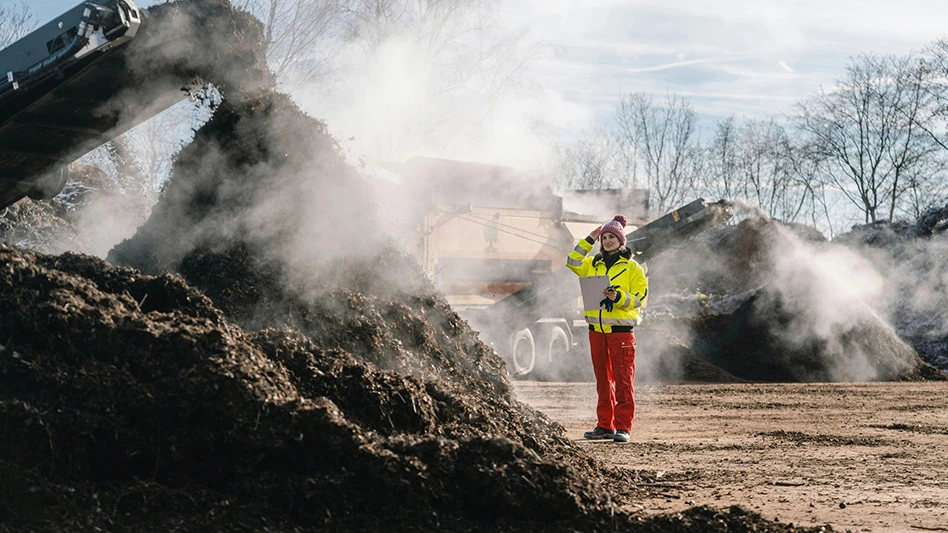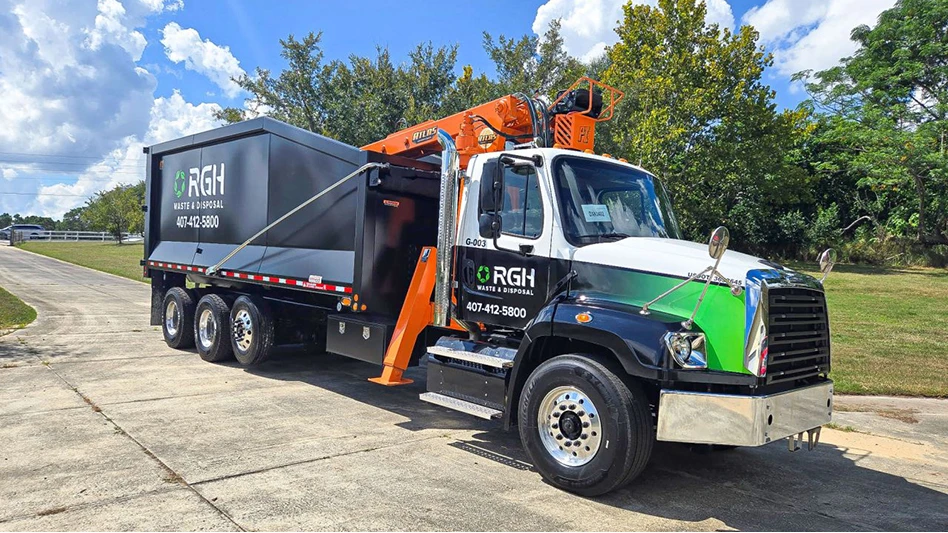Clean Harbors Inc., an environmental and industrial service provider based in Norwell, Massachusetts, has released the results of a third-party study on per- and polyfluoroalkyl substances (PFAS) management at its facilities. According to the report, the company’s commercial facilities can safely and thoroughly destroy PFAS in multiple forms.
Conducted at the company’s Resource Conservation and Recovery Act- (RCRA)-permitted facility in Utah, the study demonstrated that Clean Harbors’ use of high-temperature combustion destroyed more than 99.99 percent of PFAS compounds. This performance level meets the strict chemical destruction standards for many of the most dangerous and difficult-to-destroy hazardous materials, like polychlorinated biphenyls and dioxins.
“PFAS compounds, frequently referred to as ‘forever chemicals,’ represent a clear threat to the environment and human health,” says Eric Gerstenberg, chief operating officer for Clean Harbors. “Prior to this study, there had been no proven, scalable methodology to permanently destroy these chemicals safely and effectively.”
Gerstenberg adds that the company engaged several outside engineering and environmental firms to design a program the company could conduct thorough testing of stack emissions and all residue streams at one of its RCRA-permitted commercial incinerators. Clean Harbors then provided the comprehensive test results to Philip H. Taylor, a nationally recognized environmental scientist, who validated the conclusion that high-temperature destruction and removal efficiency of PFAS was achieved.
The company says Taylor previously led the University of Dayton Research Institute’s Environmental Engineering Group and has more than 30 years of experience dealing with the thermal destruction of hazardous materials. With more than 250 publications and conference proceedings to his credit, Taylor also has served as an environmental consultant for the U.S. Environmental Protection Agency (EPA), the U.S. Department of Energy, the National Science Foundation and the U.S. Air Force. Taylor conducted fundamental and applied research on hazardous waste destruction and was awarded the EPA STAR designation for the development of hazardous organic waste’s ability to be incinerated.
“One of the challenges with PFAS is that it involves compounds that, in some cases, have been used for more than 50 years,” Gerstenberg says. “Many of these chemicals continue to spread through the environment because they never degrade. There are huge stockpiles of these compounds, as well as contaminated soil and water at countless locations.”
Gerstenberg says this includes current and former industrial facilities that produced or utilized PFAS; locations still holding aqueous film-forming foam (AFFF) firefighter foam; military bases, airports or other industrial facilities that frequently used AFFF. It also includes drinking water that leached into groundwater from the soil.
Clean Harbors says there has been no consensus on the best method of addressing PFAS. Gerstenberg says due to its harmful effects, including linkage to cancer rates and other medical conditions, there has been “much emotion and even misinformation about PFAS and whether it can be destroyed safely at scale.”
“At Clean Harbors, we have always believed that our RCRA-permitted thermal destruction units, which include state-of-the-art pollution and emission controls, would be the right answer and that data generated by this study would support our confidence in our technology,” Gerstenberg says.
EA Engineering, Science and Technology Inc., Hunt Valley, Maryland, was retained by Clean Harbors to develop a PFAS destruction testing program, to conduct that testing and report the results under the technical oversight of Focus Environmental Inc. The testing was done during the summer of 2021 and the test data and final report were then evaluated and confirmed by Taylor. The tests included sampling and analysis for 49 PFAS analytes in incinerator process waste feed streams, treatment chemical feed streams, solid and liquid process residue streams and incinerator stack gases. The tests included the introduction of waste containing AFFF concentrate.
The results of the 2021 testing demonstrated that common legacy and replacement PFAS, including perfluorooctanoic acid, perfluorooctane sulfonate, perfluorohexane sulfonate and Gen-X PFAS, is effectively destroyed in Clean Harbors’ high-temperature thermal destruction units at levels exceeding 99.99 percent of destruction. Achieving destruction of greater than 99.99 percent is equivalent to demonstrating that for every million mass units of a compound introduced into the incinerator, less than one mass unit is detected at the stack. Under the testing conditions, not only were the PFAS compounds sufficiently destroyed, but ambient concentrations from stack emissions were orders of magnitude safer than any state or federal ambient air limit guideline in effect.
“We have been sharing the full results of our third-party study and the assessment of Taylor with the key regulatory authorities, many of whom are seeking dependable answers on how to best address PFAS going forward,” Gerstenberg says. “We believe that when these results are fully reviewed by the scientific community and regulators, they will draw the same conclusion as this third-party study. High-temperature thermal treatment is an ideal option for the safe elimination of the most dangerous members of the PFAS family.”
Latest from Waste Today
- New York finalizes greenhouse gas emissions reporting regulations
- EPA selects 2 governments in Pennsylvania to receive recycling, waste grants
- NWRA Florida Chapter announces 2025 Legislative Champion Awards
- Yolo County reports fatality at Central Landfill
- New Way expands Canadian presence with Joe Johnson Equipment partnership
- Buffalo Biodiesel shares updates on facility modernization, NYSDEC compliance
- CETY launches HTAP platform for anaerobic digestion facilities
- Terex Ecotec announces Blue Machinery as distributor





